Web Database Applications with PHP and MySQL. 2nd Edition Hugh E. Williams, David Lane
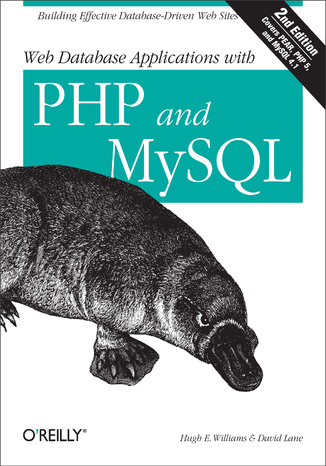



- Autorzy:
- Hugh E. Williams, David Lane
- Wydawnictwo:
- O'Reilly Media
- Ocena:
- Stron:
- 820
- Dostępne formaty:
-
ePubMobi
Opis
książki
:
Web Database Applications with PHP and MySQL. 2nd Edition
There are many reasons for serving up dynamic content from a web site: to offer an online shopping site, create customized information pages for users, or just manage a large volume of content through a database. Anyone with a modest knowledge of HTML and web site management can learn to create dynamic content through the PHP programming language and the MySQL database. This book gives you the background and tools to do the job safely and reliably.Web Database Applications with PHP and MySQL, Second Edition thoroughly reflects the needs of real-world applications. It goes into detail on such practical issues as validating input (do you know what a proper credit card number looks like?), logging in users, and using templatesto give your dynamic web pages a standard look.But this book goes even further. It shows how JavaScript and PHP can be used in tandem to make a user's experience faster and more pleasant. It shows the correct way to handle errors in user input so that a site looks professional. It introduces the vast collection of powerful tools available in the PEAR repository and shows how to use some of the most popular tools.Even while it serves as an introduction to new programmers, the book does not omit critical tasks that web sites require. For instance, every site that allows updates must handle the possibility of multiple users accessing data at the same time. This book explains how to solve the problem in detail with locking.Through a sophisticated sample application--Hugh and Dave's Wine Store--all the important techniques of dynamic content are introduced. Good design is emphasized, such as dividing logic from presentation. The book introduces PHP 5 and MySQL 4.1 features, while providing techniques that can be used on older versions of the software that are still in widespread use.This new edition has been redesigned around the rich offerings of PEAR. Several of these, including the Template package and the database-independent query API, are fully integrated into examples and thoroughly described in the text. Topics include:
- Installation and configuration of Apache, MySQL, and PHP on Unix®, Windows®, and Mac OS® X systems
- Introductions to PHP, SQL, and MySQL administration
- Session management, including the use of a custom database for improved efficiency
- User input validation, security, and authentication
- The PEAR repository, plus details on the use of PEAR DB and Template classes
- Production of PDF reports
Wybrane bestsellery
O'Reilly Media - inne książki
Dzięki opcji "Druk na żądanie" do sprzedaży wracają tytuły Grupy Helion, które cieszyły sie dużym zainteresowaniem, a których nakład został wyprzedany.
Dla naszych Czytelników wydrukowaliśmy dodatkową pulę egzemplarzy w technice druku cyfrowego.
Co powinieneś wiedzieć o usłudze "Druk na żądanie":
- usługa obejmuje tylko widoczną poniżej listę tytułów, którą na bieżąco aktualizujemy;
- cena książki może być wyższa od początkowej ceny detalicznej, co jest spowodowane kosztami druku cyfrowego (wyższymi niż koszty tradycyjnego druku offsetowego). Obowiązująca cena jest zawsze podawana na stronie WWW książki;
- zawartość książki wraz z dodatkami (płyta CD, DVD) odpowiada jej pierwotnemu wydaniu i jest w pełni komplementarna;
- usługa nie obejmuje książek w kolorze.
Masz pytanie o konkretny tytuł? Napisz do nas: sklep@helion.pl
Książka drukowana




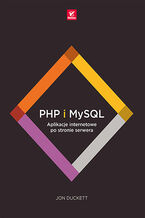





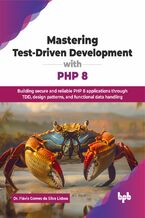
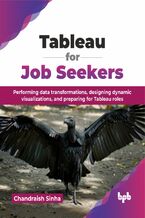
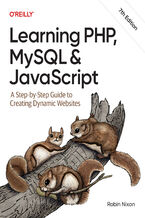

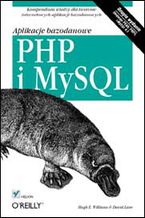





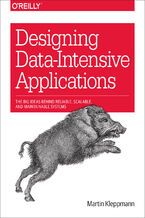


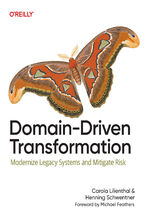

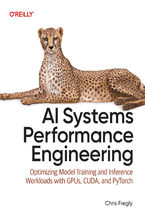
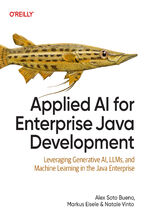
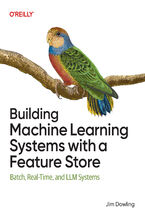
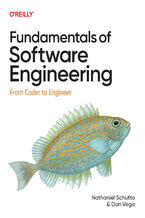
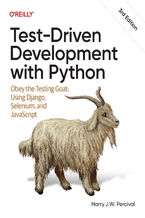



Oceny i opinie klientów: Web Database Applications with PHP and MySQL. 2nd Edition Hugh E. Williams, David Lane
(0)